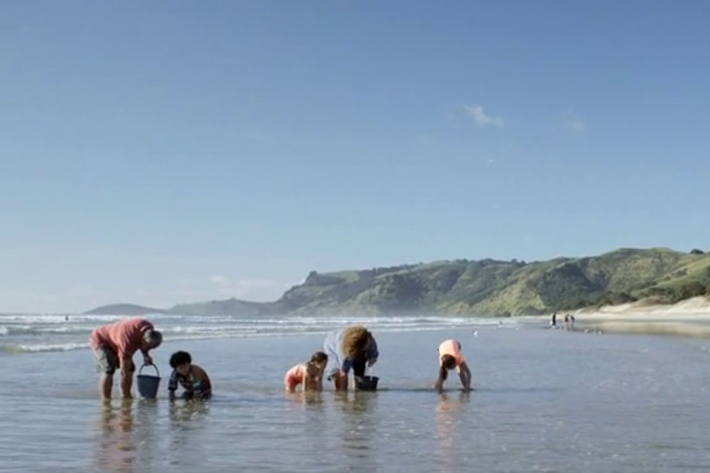-

DeepWave project measures gravity waves in the atmosphere
News article03 July 2014One hundred people, a Gulfstream jet, some of the best technology available and two scientists in a paddock are undertaking an experiment that will make predicting the weather a lot more accurate. -

Critter of the Week - precious coral Corallium
This week, let us celebrate the closely related genus Corallium in honour of our visiting scientist Tzu Hsuan Tu from the National Taiwan University in Taipei. -

Critter of the week - What’s for dinner? Parazoanthus and Nyctiphanes
Award-winning underwater photographer Richie Robinson spotted this little common euphausid shrimp Nyctiphanes half emerging from a polyp of the zoanthid at the Poor Knights Islands. -

Ocean acidification - What does it mean for Shellfish?
This video has been produced to highlight ocean acidification as a potential issue affecting the NZ shellfish aquaculture industry -

Ocean acidification - what does it mean for shellfish?
News article17 June 2014A video has been produced to show how NIWA and a range of partners are collaborating to understand global ocean acidification and how increasing ocean acidity is affecting shellfish and the aquaculture industry. -

Scientist plumb depths in search of clues to the earth’s climate
News article13 June 2014NIWA scientists are this month launching some cutting-edge technology capable of finding out what's going on at the bottom of the ocean. -

Prime Minister inspects NIWA product at Fieldays
News article11 June 2014Prime Minister John Key and Science and Innovation Minister Steven Joyce had a surprise meeting at NIWA's Fieldays stand today. -

Off to Fieldays? We don’t want to dampen your spirits but…
News article06 June 2014NIWA has a message for opening day visitors to the rural sector’s biggest event of the year: go prepared. -

Southern Alps focus for large international science experiment
News article06 June 2014NIWA scientists are this month taking a significant role in one of the largest science experiments to take place in New Zealand. -

Northern-hemisphere fossil discovered living in New Zealand
News article29 May 2014A marine animal thought to have been extinct for four million years has been found alive and well and living near Picton.

